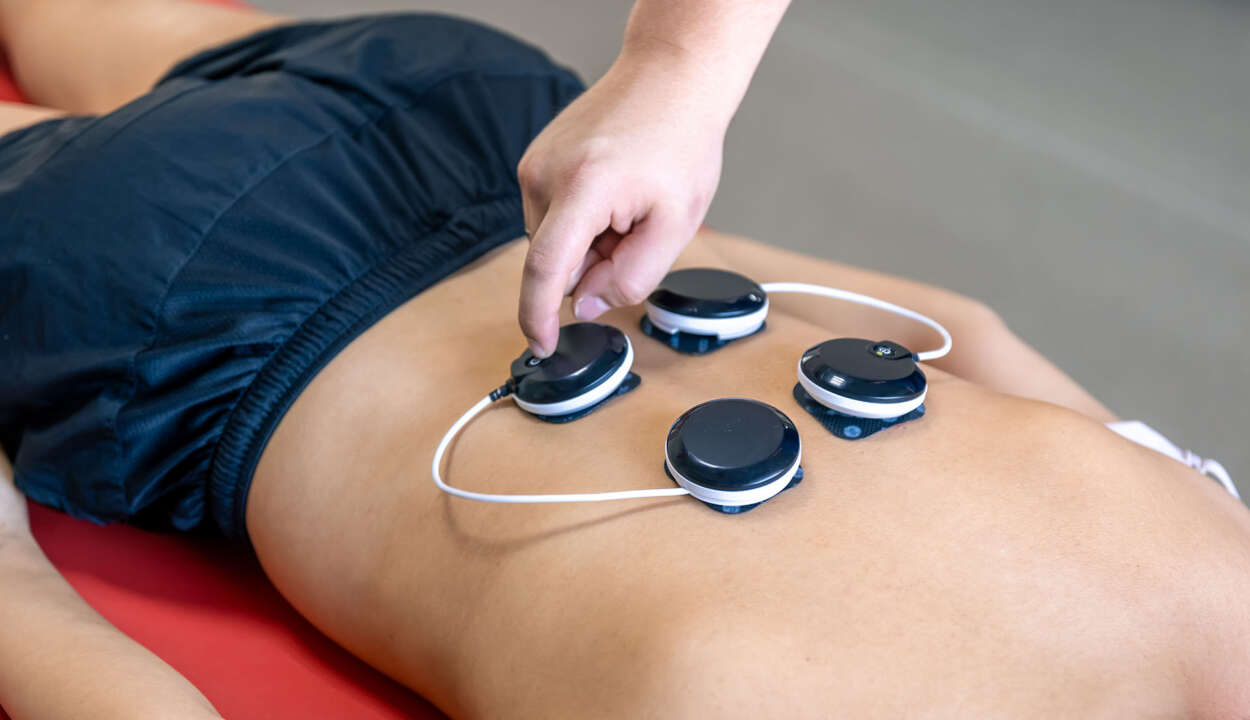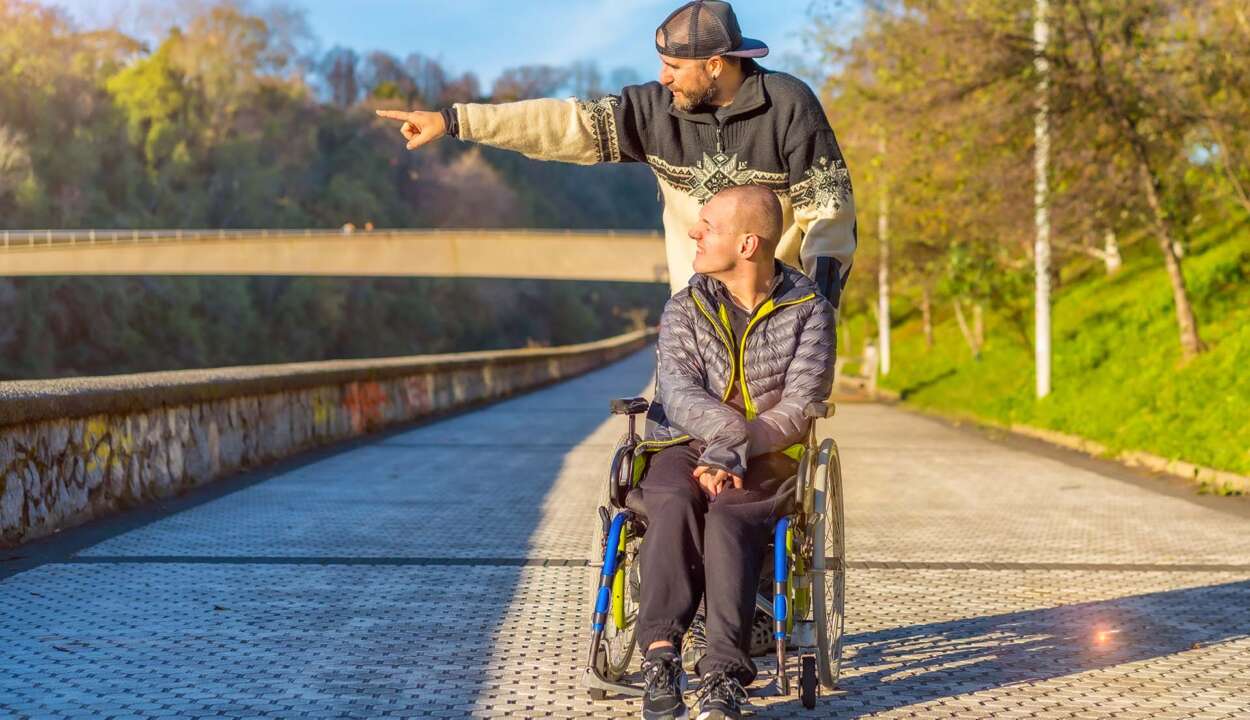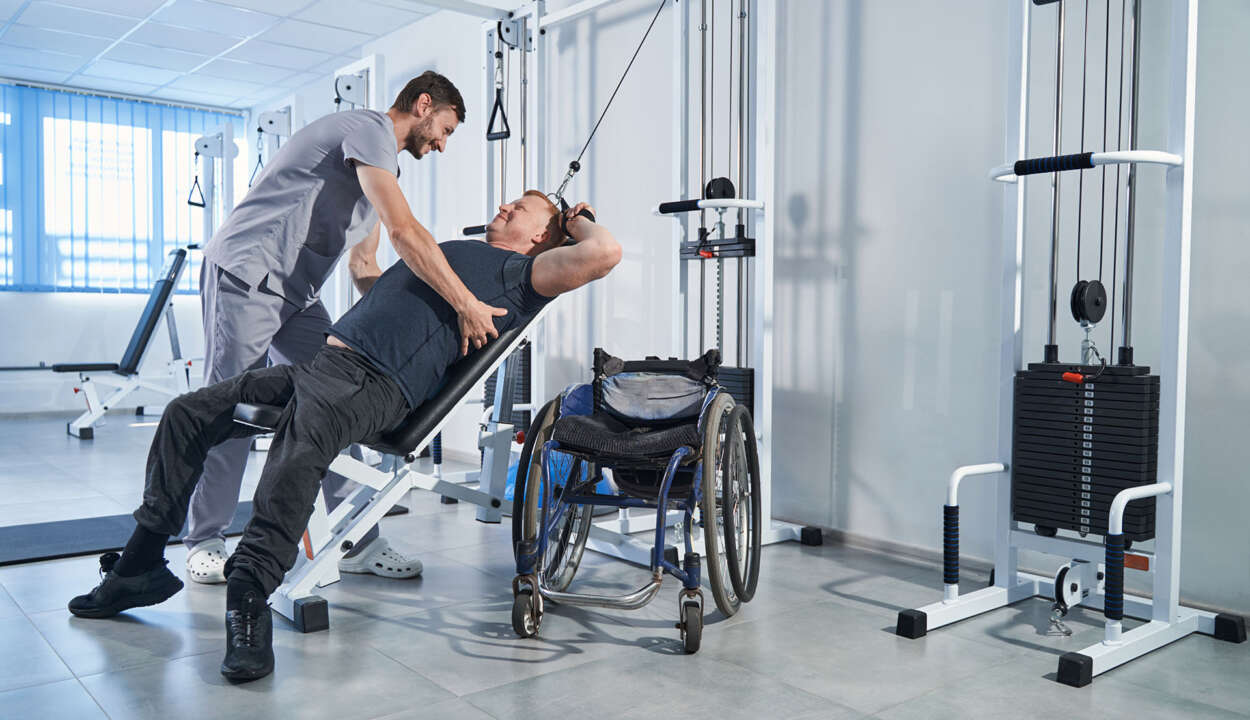What is our Goal?
“We aim to help patients with spinal cord paralysis stand up, take steps, and achieve successful outcomes.
In recent years, the electrical spinal cord stimulation technique, implemented at Lausanne University Hospital (CHUV) in Switzerland, has delivered very promising results for patients with spinal cord paralysis. For decades, spinal cord stimulators have been used to alleviate persistent pain in these patients. Additionally, some patients were observed to exhibit certain movements in response to electrical stimulation.
The research group at the Swiss Federal Institute of Technology (EPFL) shared videos of their successful results with the public (watch here) and published their findings in a highly respected international journal last year (read the article). Inspired by these advancements, we immediately took action to ensure that spinal cord paralysis patients in our country could access this groundbreaking opportunity.
https://www.youtube.com/watch?v=soUQwKmhNZ0
https://www.nature.com/articles/s41591-021-01663-5
This technique involves placing small wires on the protective membrane of the spinal cord and delivering electrical currents to the lower section of the spinal cord, which cannot communicate with the upper section due to damage. The impulses are generated by a spinal cord stimulator implanted in the patient’s abdomen, which can be adjusted and charged externally via remote control. This method, already a standard treatment for pain management, has been used for years.
The revolutionary advancement lies in the ability to personalize these impulses according to the patient’s level of disability and desired movements. With intensive physiotherapy, this personalization allows patients to be trained to regain functional movements in their legs. Beyond movement, patients may also recover even other vital functions, such as bladder control, sexual function, body temperature regulation, and blood pressure stabilization.
Research has demonstrated that the nerve cells responsible for walking are organized in a network within the spinal cord, grouping the complex muscle actions required for walking. In recent years, it has been understood that these “”walking”” nerve cells are essential for enabling movements after spinal cord injury.
For years, scientists dreamed of reversing the quality-of-life decline caused by spinal cord paralysis by electrically stimulating the spinal cord below the injury site. Thanks to advancements in high-tech spinal cord stimulators, this dream has become a reality. Today, a limited number of patients with spinal cord paralysis have been able to stand up, take steps, and even climb stairs.
Do Paralyzed Individuals Have A Chance To Walk Again?
Our Team
Expert Doctors
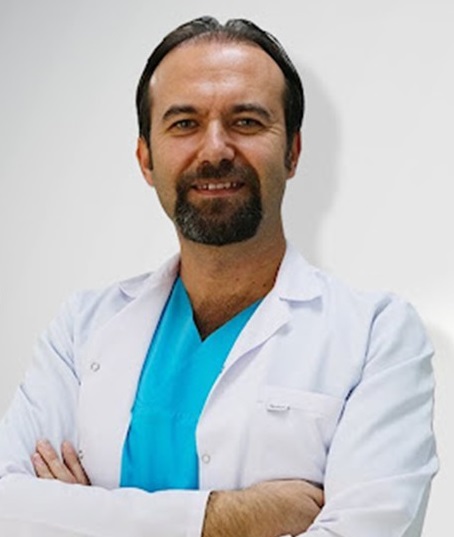
Professor with extensive experience in the treatment of patients with spinal cord injuries both domestically and internationally in the field of Physical Therapy and Rehabilitation.
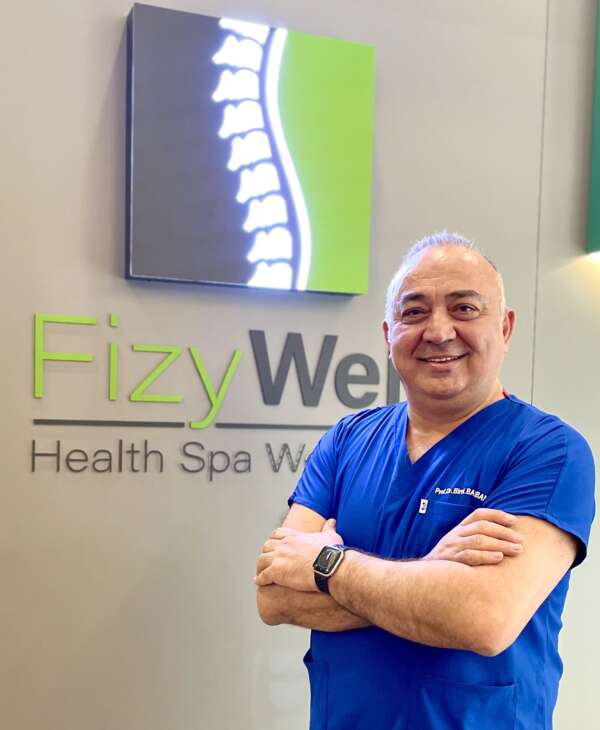
A professor with extensive experience in Physical Therapy and Rehabilitation, now sharing their expertise at Fizywell after working at various institutions, and the author of notable works in this field.
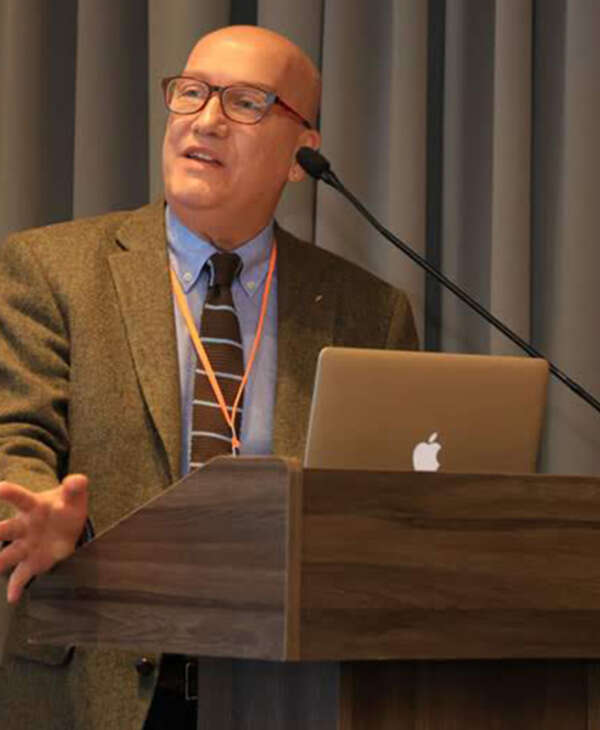
An expert in Neurosurgery with many years of experience treating spinal cord injuries.
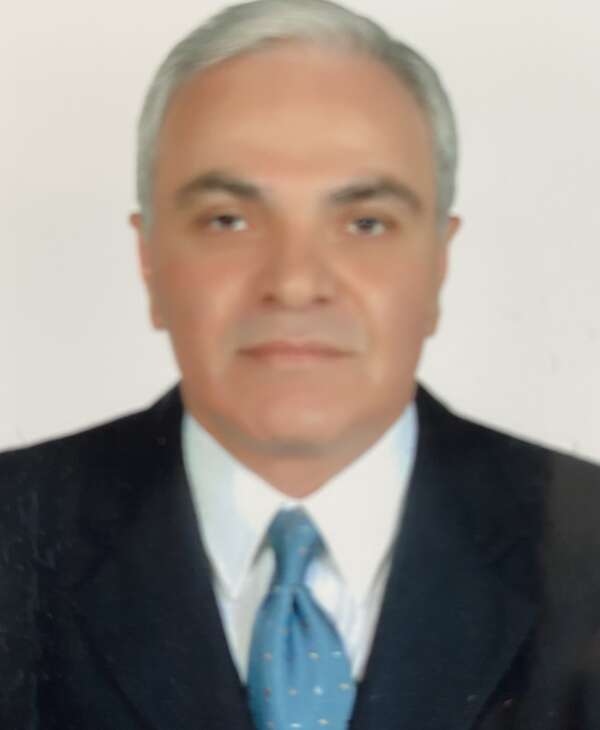
An experienced professor in Neurology who has been an expert in neuromuscular diseases and clinical neuro-electrophysiology for many years.

An expert in Psychiatry with extensive experience in both inpatient and outpatient treatment methods.
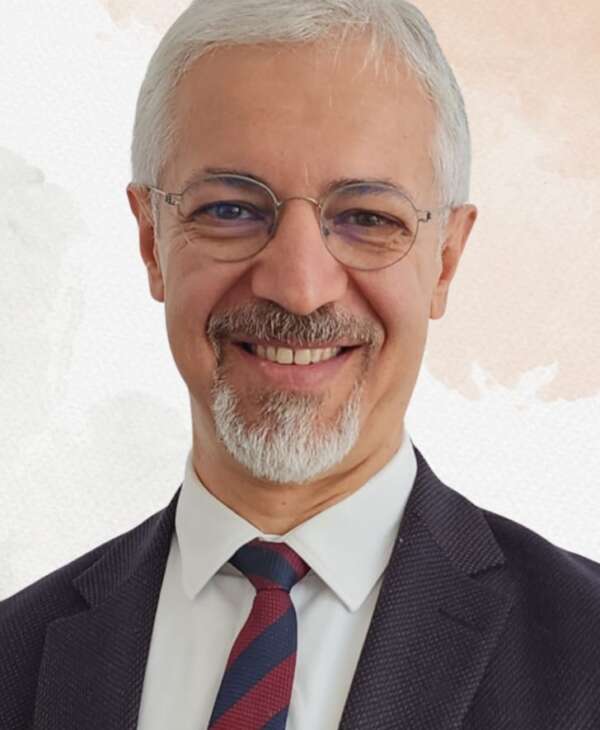
A professor specializing in Orthopedics who has focused on hip girdle and lower extremity surgery for years.
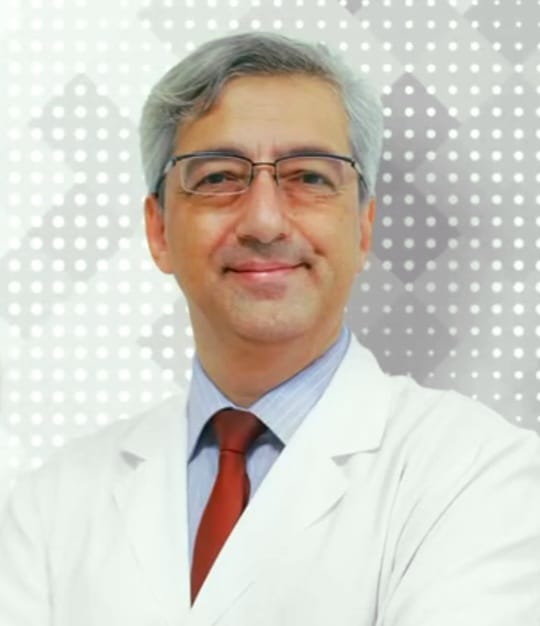
A professor who gained international recognition at a young age in the fields of Anesthesiology, Reanimation, and Algology.
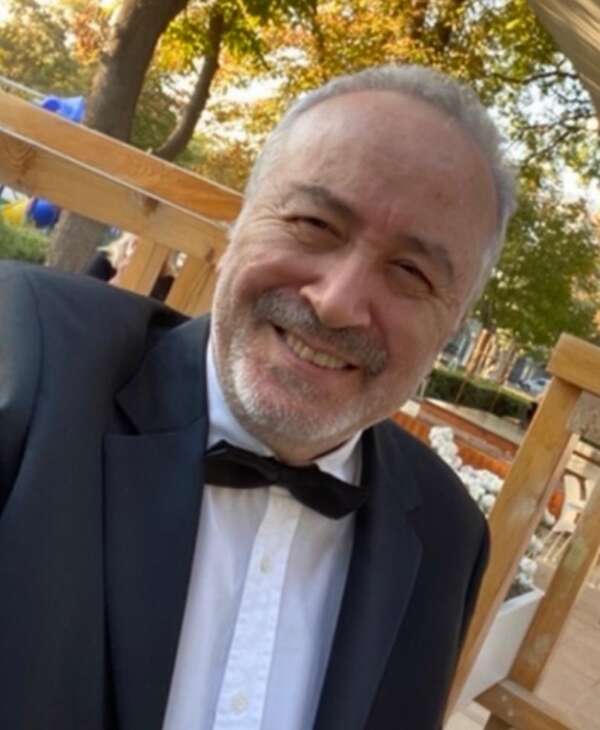
A valuable Hematologist whose extensive clinical experience and skills in Internal Medicine have always been invaluable to us.
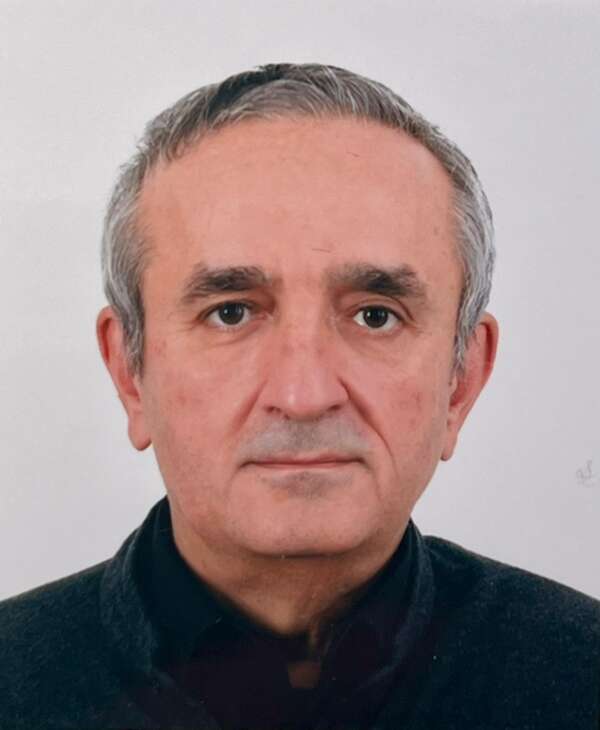
A professor who has achieved numerous groundbreaking milestones in Cardiology over many years.
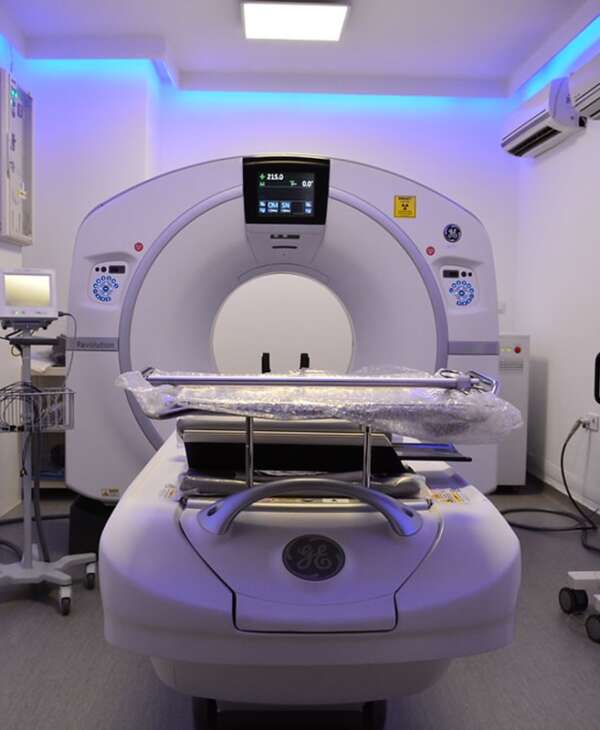
The capital’s leading imaging center, renowned for closely following state-of-the-art technology in Radiology for many years.
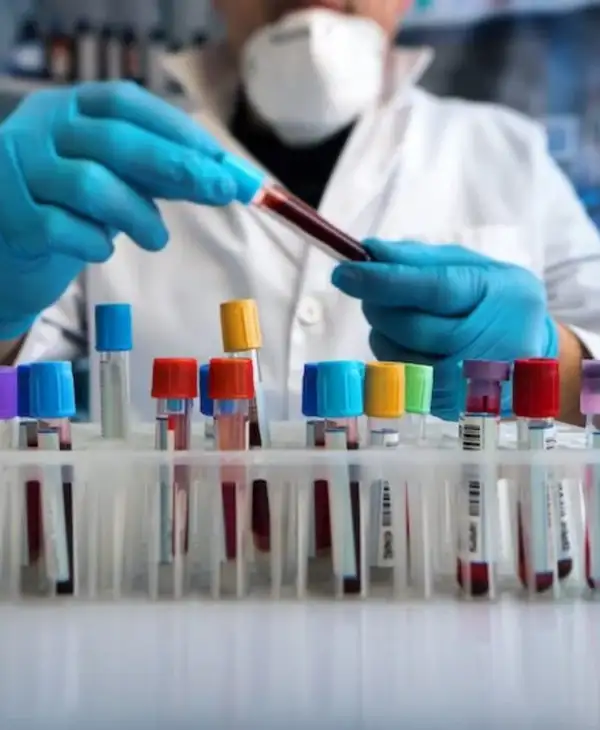
Bulgu Laboratory, one of the capital’s few reputable, accredited, and certified laboratories in Biochemistry and Microbiology.
